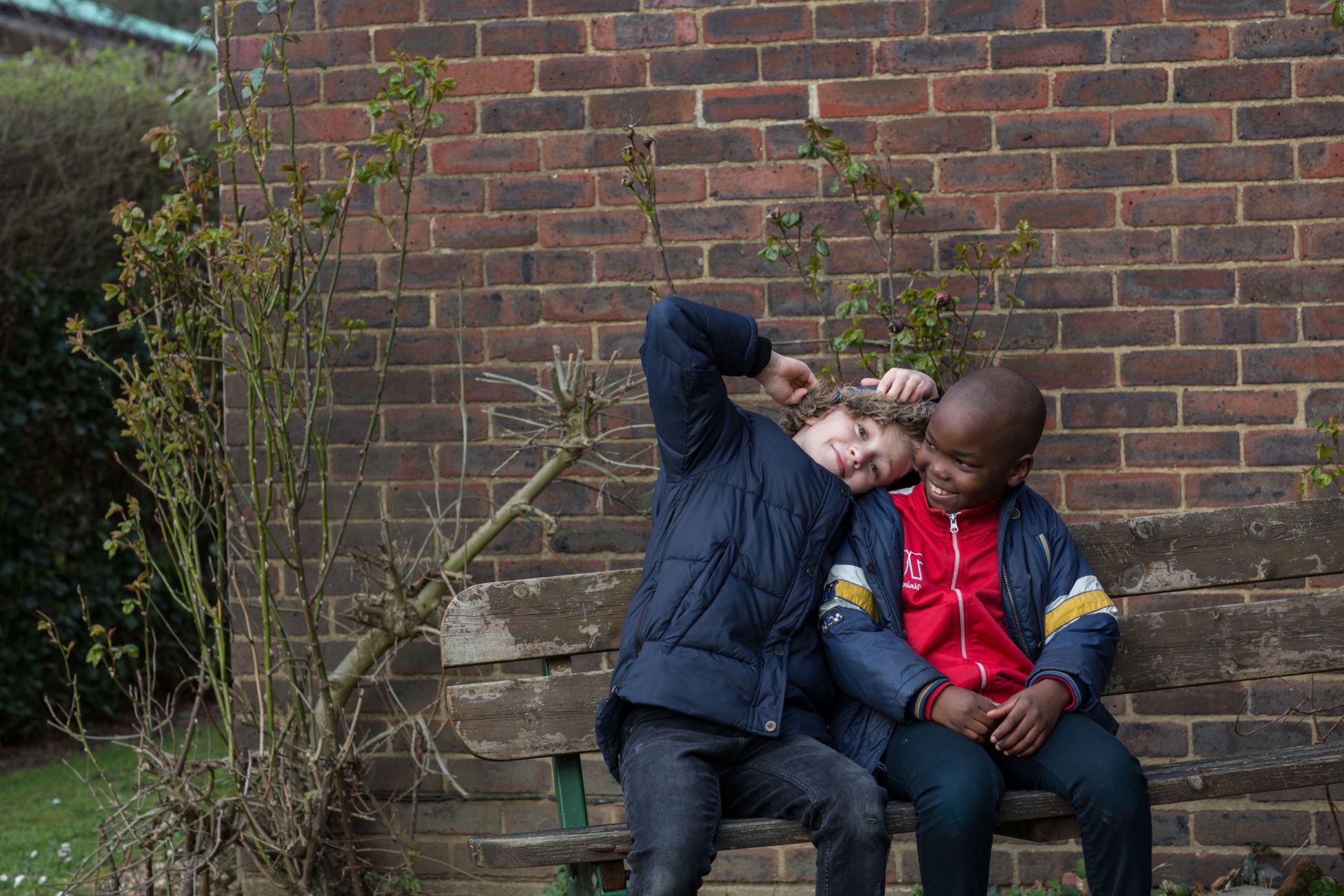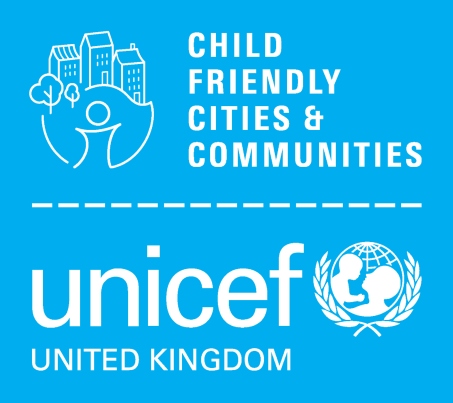

Children's rights
in the new normal:
Table of contents
When the UK first went into lockdown in spring 2020, years of public service innovation took place in a matter of months. At the same time, the way we think about our local community and our expectations of local services have fundamentally changed. Given the speed of change, it is crucial that children’s rights are not overlooked as we return to (some form of) normal.
Our New Normal series offers a child rights-based approach to some of the seismic shifts councils and their partners are grappling with as they navigate the pandemic and look to the future of public service delivery.
While there are undoubtedly huge benefits to digital service delivery and engagement, the speed at which many services have moved online has left little time for local authorities to fully assess the impact on children.
If digital councils are here to stay, work needs to happen now to understand how the shift online has impacted children’s rights and, if negatively, how to mitigate those impacts.
At the same time, there is a growing awareness of the gaping digital divide in the UK that prevents some of the most marginalised children and their families from accessing services, information and the opportunity to participate. These groups cannot be left behind as councils move forward.
The mental health of the UK’s children and young people was deteriorating before Covid-19, but the pandemic has taken a devastating toll on their mental wellbeing.
As mental health services reach tipping point, councils and their partners face enormous challenges to ensure local children get the urgent help they need.
Against this backdrop, it is key that councils and their partners frame good mental health as a basic human right; one all children and young people are entitled to.
Restrictions brought in to tackle Covid-19 meant fewer car journeys and a slowdown of industrial activity in our cities and communities; both of which resulted in an unprecedented, but temporary, drop in CO2 emissions.
As the UK adapts to the new normal, the challenge for councils and their partners will be to take this vision of what is possible and transform it into an enduring reality.
Perhaps the most powerful way they can do so is by recognising the climate crisis as a child rights crisis: one that threatens children’s very survival and infringes on every one of their rights.
Covid-19 has affected all children, but not all children have been affected equally. For the hundreds of thousands who were already at increased risk of abuse, neglect and exploitation, the pandemic has dealt a crushing blow.
With less money for early intervention, and more and more children moving into care, local authorities are being challenged to think creatively about how to continue delivering the incredibly important work they do.
While children’s services undoubtedly need increased, predictable and long-term funding, a new approach is also urgently needed. One that places children’s rights at the forefront of all local policies, services and decisions – so that even in the most challenging of times, a child’s best interests always come first.
As in so many other areas of life, the pandemic exposed huge inequalities in housing, with many children from the most marginalised communities living in cramped, damp and cold homes, very often with no access to outside space.
While much of the national housing crisis is outside of local authorities’ control, the pandemic has exposed aspects of the crisis they can influence, including identifying those groups of children most vulnerable to living in inadequate housing, as well as the importance of children’s immediate surroundings, namely access to safe and green spaces to play.
Taking a child rights-based approach to housing at the local level – one that puts children’s rights front and centre of decisions around housing and the wider built environment – is a powerful step towards ensuring children don’t just have a roof over their heads, they have a foundation on which to thrive.
Not only did the pandemic severely exacerbate the underlying vulnerabilities that bring many children into contact with the law in the first place, it also dramatically reduced vital sources of support that divert them away from the criminal justice system.
At the same time – and coinciding with global protests against racial injustice – the pandemic highlighted existing concerns about the shocking racial disparities in the criminal justice system.
As we mark two turbulent years since the start of the pandemic, the opportunity to review the way local services engage with children in contact with the law from a child rights perspective should not be missed.
While most councils and their community partners have considerable experience preparing for and responding to emergencies, the Covid-19 crisis threw up challenges of the like never seen, or imagined, before.
Turning to children’s rights, as set out in the UN Convention on the Rights of the Child, is one of the most effective ways councils and their partners can protect children and young
people from the worst impacts of a crisis.
The Covid-19 pandemic was not the first emergency to hit cities and communities, and it certainly won’t be the last. As we adjust to the ‘new normal’, councils and their partners should not miss this opportunity to reflect on their emergency response, consider how integrating children’s rights could have made it stronger, and take steps now to put rights at the heart of resilience arrangements.
As we move into the ‘new normal’ there is a real risk that the momentum prompted by the pandemic to rethink and reshape our local areas is lost.
The challenge facing local authorities and their partners is how to harness the opportunity presented by the pandemic to reimagine cities and communities from children’s perspective.
Using children’s rights, as set out in the UN Convention on the Rights of the Child, can be one of the most powerful tools to do so. A child rights-based approach not only pulls out the clear links between the availability, quality and safety of public spaces and children’s right to health, development, or leisure time, for example, but offers practical tools for bringing children to the centre of the planning and design process.


